Digoxin
Digoxin is a cardiac glycoside used to treat heart failure and atrial fibrillation, functioning by increasing myocardial contractility and controlling heart rate, with careful monitoring required due to its narrow therapeutic index.
Digoxin Overview
The therapeutic use of digoxin is based on its ability to increase cardiac output in heart failure and to control heart rate in patients with atrial fibrillation. It requires careful dosing and monitoring due to its narrow therapeutic index and potential for toxicity, particularly in the presence of renal impairment or electrolyte imbalances.
Digoxin Key Features
– Natural Source: Extracted from the foxglove plant, Digitalis lanata.
– Function: Used to treat heart failure and atrial fibrillation by increasing myocardial contractility and controlling heart rate.
– Mechanism of Action: Inhibits the sodium-potassium ATPase pump, leading to increased intracellular calcium and enhanced heart muscle contractions.
Digoxin Applications
– Heart Failure: Improves cardiac output and symptoms in patients with heart failure.
– Atrial Fibrillation: Controls heart rate in patients with atrial fibrillation, contributing to symptom relief and improved cardiac function.
Digoxin Functions
– Positive Inotropic Effect: Enhances the force of heart muscle contractions, improving cardiac output.
– Rate Control: Helps to slow the heart rate in conditions like atrial fibrillation, allowing for better heart filling and more efficient blood pumping.
– Electrophysiological Impact: Modulates cardiac electrophysiology, contributing to its effectiveness in managing atrial fibrillation.
Details
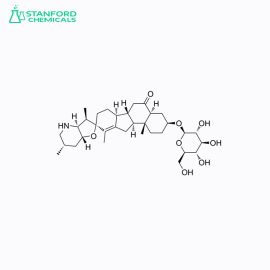
| Available Sizes | 30 capsules, 60 capsules, 90 capsules |
|---|---|
| Key Ingredient | High-quality Peimisine extracted from Fritillaria thunbergii |
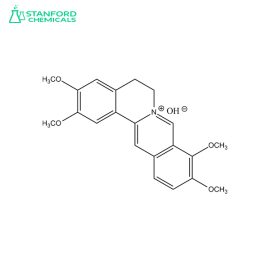
| Available Sizes | 30 capsules, 60 capsules, 90 capsules |
|---|---|
| Key Ingredient | High-quality, pure Palmatine extract |
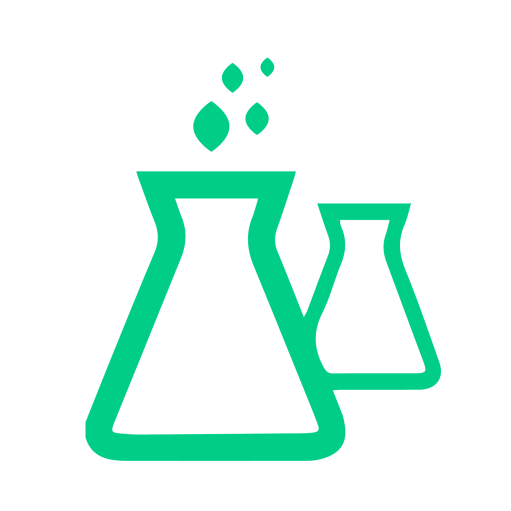
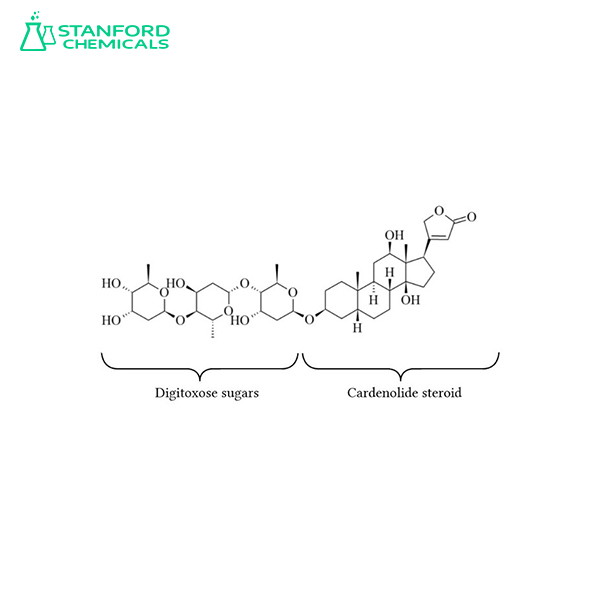
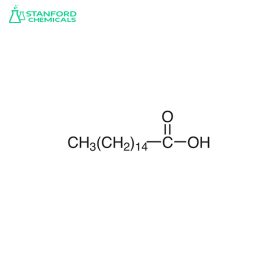
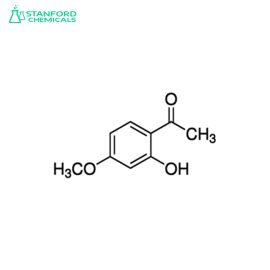
Reviews
There are no reviews yet.